From 1799 through 1965, the United States produced over 300,000,000 ounces of gold, which at the current price of around $1,500 per ounce (as of August 2019) would be valued at over $450 billion dollars.
The period of production from 1848 to the 1930s is considered the golden era of mining. During this period the bulk of all the rich gold districts of the West were discovered. These discoveries drove exploration and settlement of the vast American West, a geographic area that was mostly wilderness before this time.
Many gold districts were small and could only support small camps or towns that lasted just a few years or a decade or two. Other districts were fabulously rich, and great mining cities were built, many of which are still active today.

The information in this article is based on data compiled in the 1965 USGS publication Principal Gold Producing Districts of the United States.
While modern mining over the last few decades have caused some changes in these rankings, primarily in Alaska and Nevada, we are interested in the historical production numbers during the golden age of mining as the production that occurred during this time built the hundreds of camps and towns that make the West so historically significant.
These are the top ten historical gold producing states in America.
10. Oregon
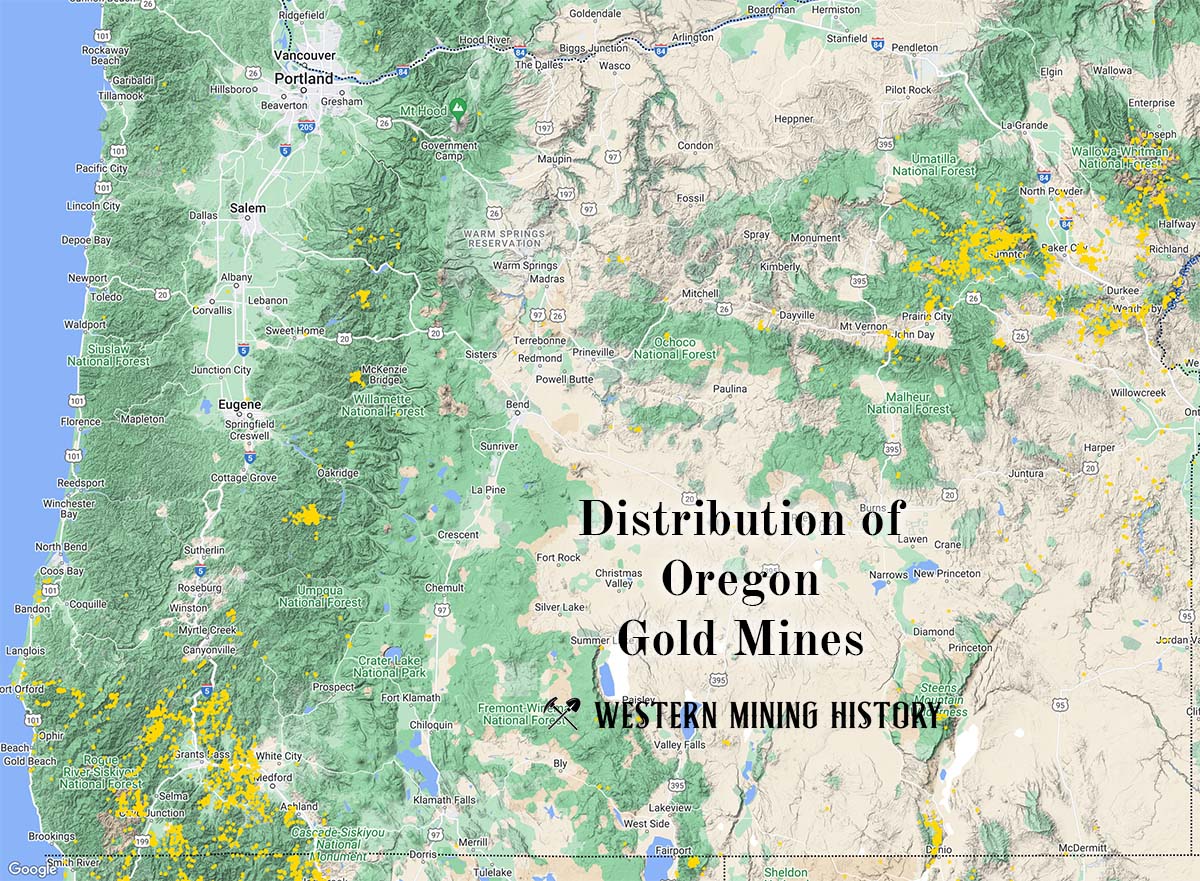
Gold placers were discovered at Rich Gulch in Jackson County and Josephine Creek in Josephine County in 1852. The more widely publicized discoveries of placer gold at Griffin Gulch in Baker County in 1861 and at John Day and Canyon Creek in Grant County slightly later triggered an avalanche of prospectors and miners of sufficient magnitude to eventually establish the gold mining industry in the state.
After the initial period of high production during which the richer placers were exhausted, discoveries of lode mines helped stabilize the mining economy. The earliest lode mining began as early as 1859 on the Gold Hill vein in Jackson County, although the most important lode mining region was later established in the opposite side of the state in Baker and Grant counties.
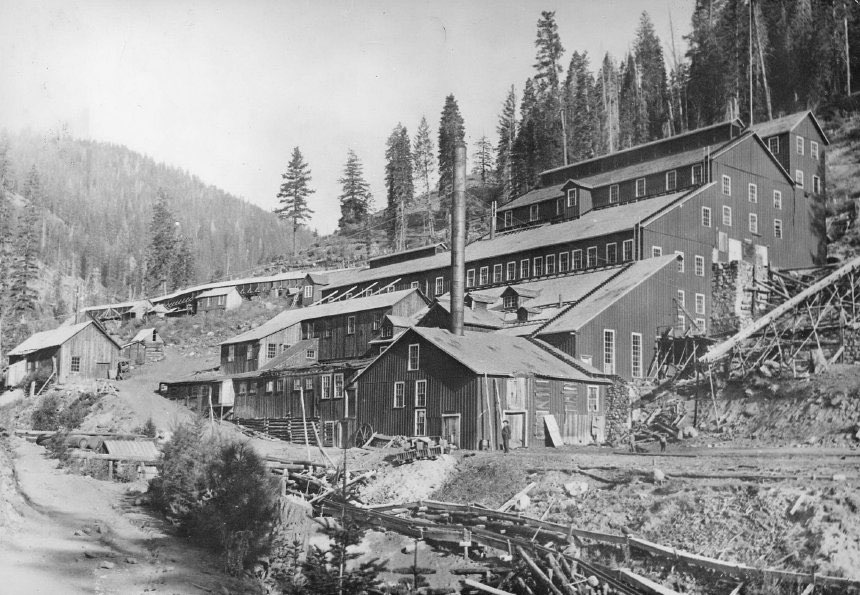
Oregon produced just under 6 million ounces of gold between 1852 and 1965. The primary gold producing regions are in the northeast and southwest corners of the state.
Related: Where to Find Gold in Oregon
9. Idaho
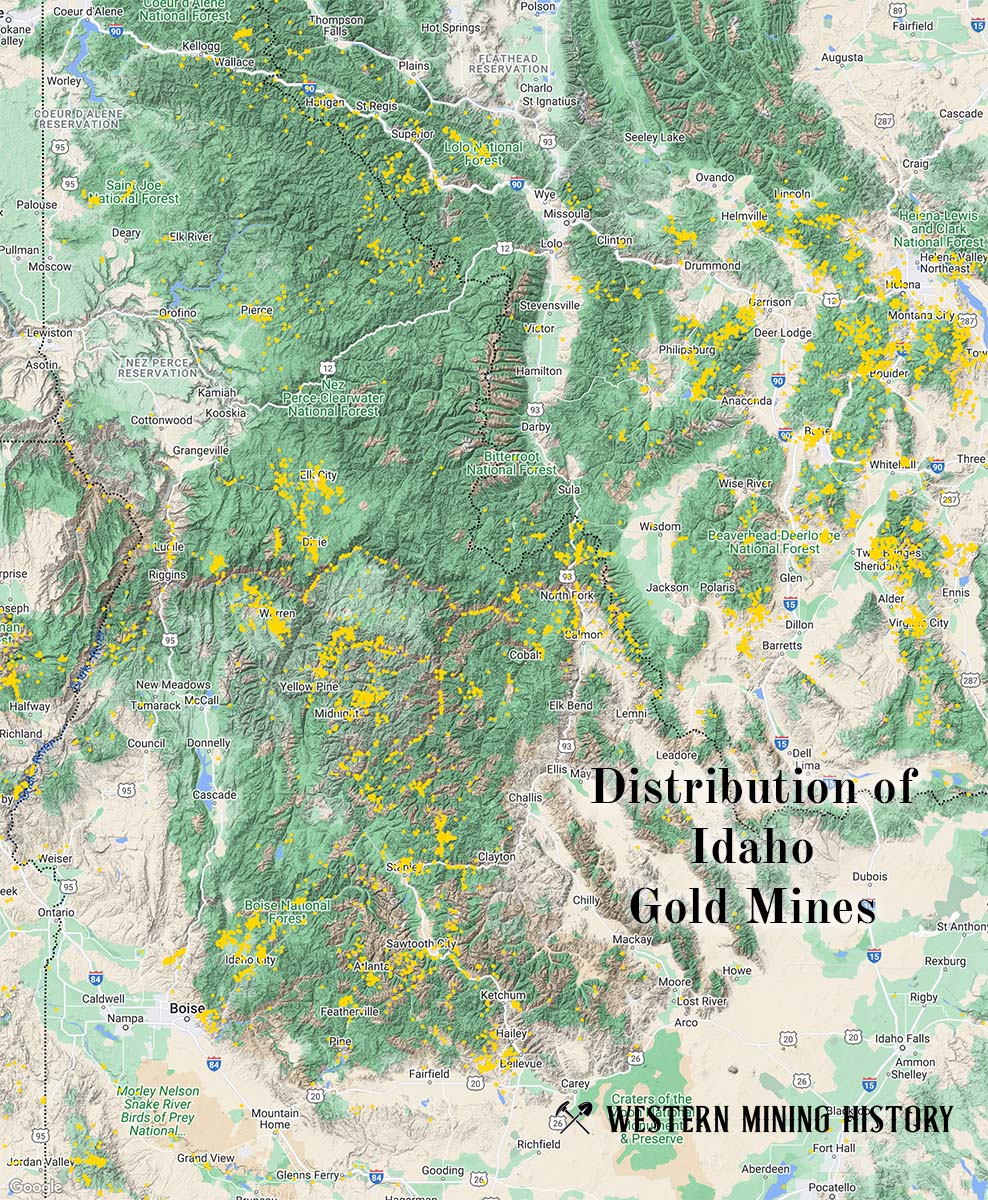
Gold placers were discovered in Idaho in 1852 along the Pend Oreille River; however, the placer discovery at Pierce City in 1860 is considered the earliest discovery of consequence in the State. Other placers were discovered in Elk City, Orofino, and along the Salmon River in 1860 and 1861, and a year later discoveries were made at Florence, Warren, and Boise Basin.
Placers were the major source of gold in Idaho before 1900; however, most of them were exhausted after the period of feverish exploitation from 1860 to 1870. Lode deposits, which had been known and worked on a small scale since 1861, became more important, though placering was rejuvenated in 1897 by cheaper dredging operations and it continued to furnish most of the gold.
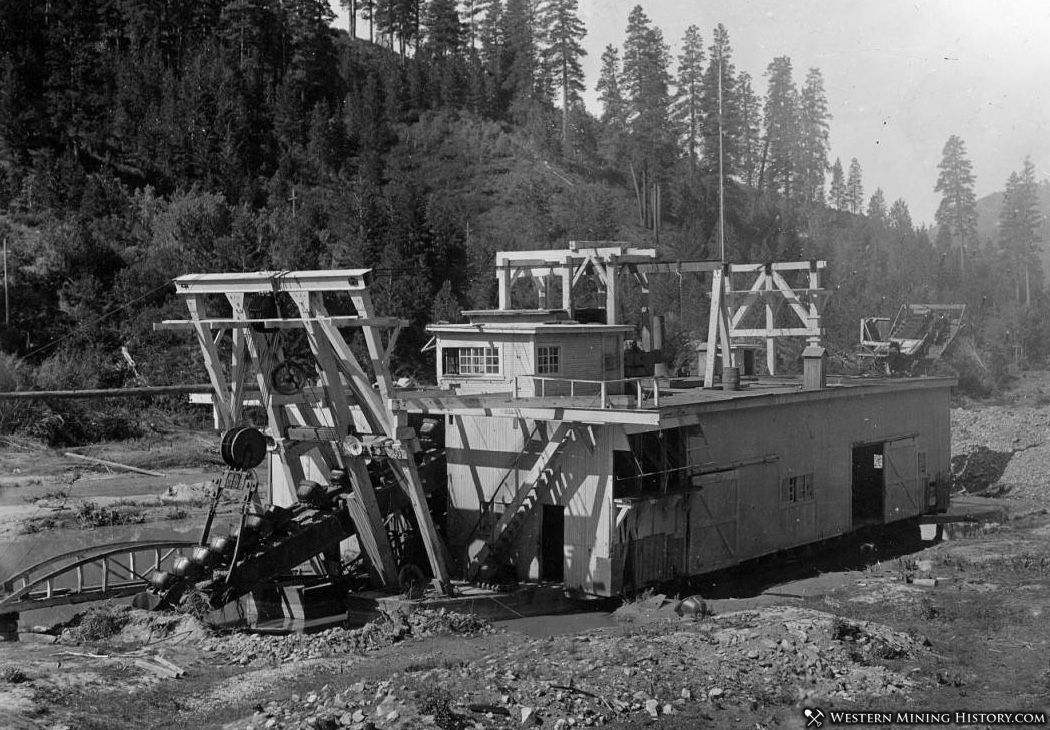
Idaho is credited with over 8 million ounces of gold production between 1863 and 1965, although lack of records from the earliest placer mines suggest this number could be higher.
Related: Where to Find Gold in Idaho
8. Arizona
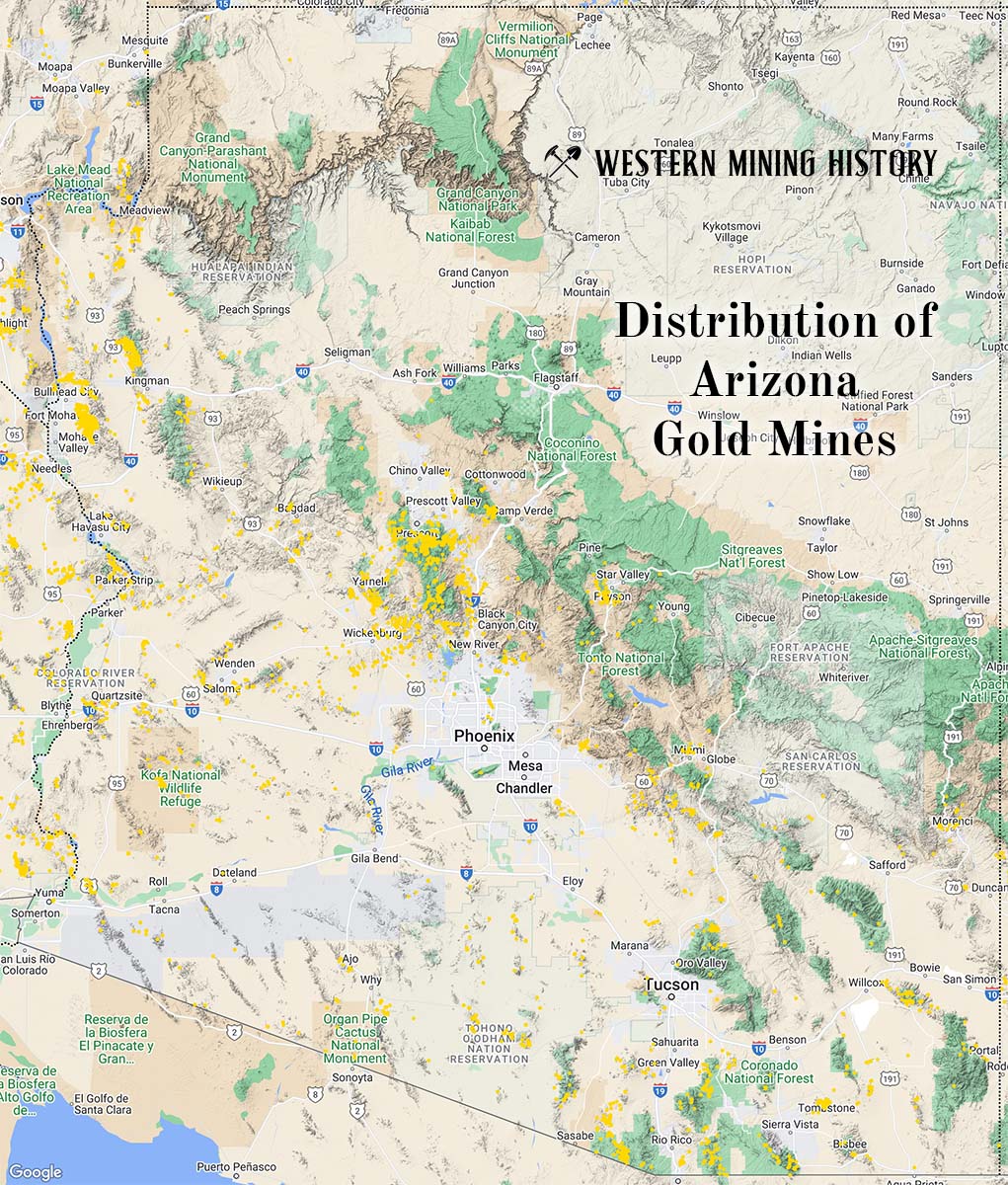
Deposits of silver and copper in Arizona were known to the Indians and Spaniards long before the Territory was acquired by the United States. Because of the inaccessibility of the area, lack of water, and Indian raids, only a small amount of prospecting was done by Americans in the 1850’s, mostly near the old Mexican settlements of Tucson and Tubac, and in the Dome (Gila City) district where rich placers were discovered in 1858.
Little or no lode gold was mined in these early years. During the Civil War, prospectors among the California troops in Arizona organized parties to hunt for gold. In 1862 rich placer deposits were found near the Colorado River at La Paz in western Yuma County, and from 1862 to 1870 other placer deposits were found in Yavapai County. Soon lode deposits were discovered in most districts
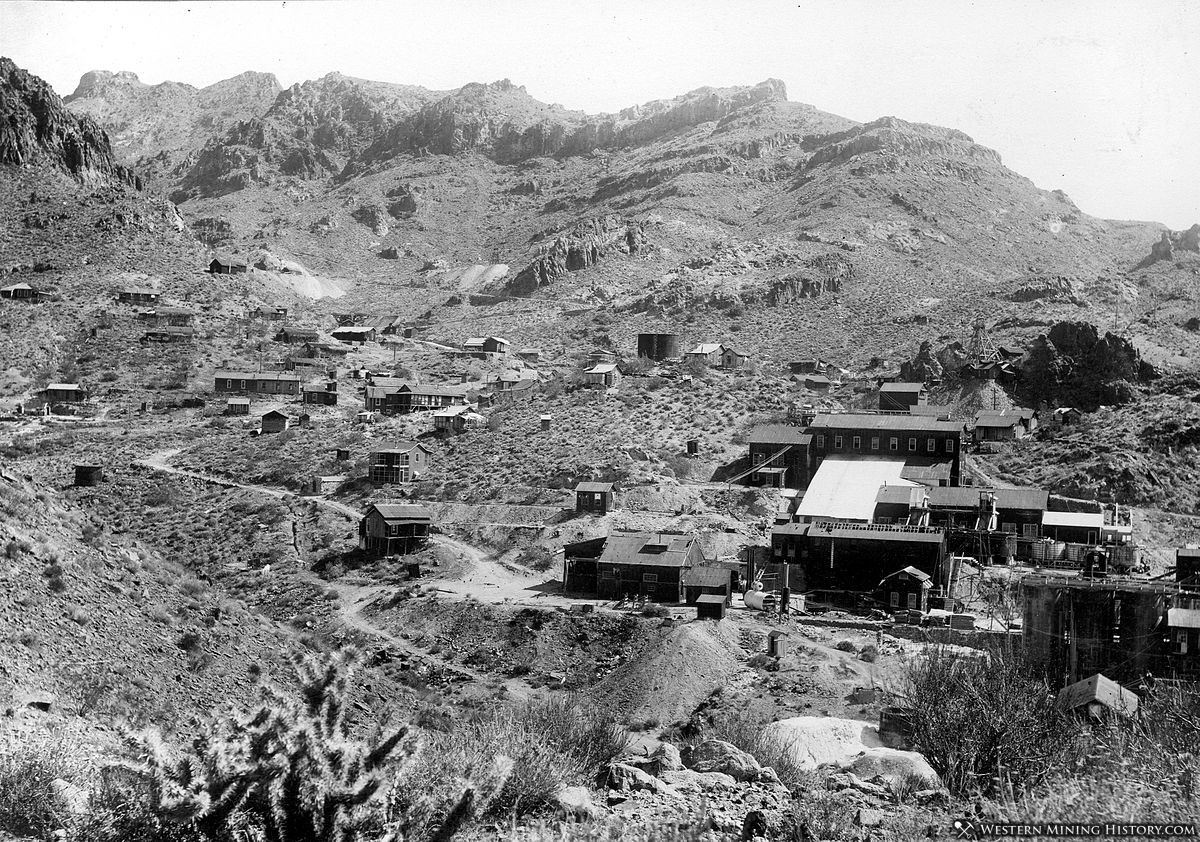
Arizona produced over 13 million ounces of gold between 1860 and 1965. While gold mining occurred in many districts during the second half of the 1800s, it was gold as a byproduct of the great copper mines developed after 1900 that contributed significantly to Arizona’s production numbers.
Related: Where to Find Gold in Arizona
7. Montana
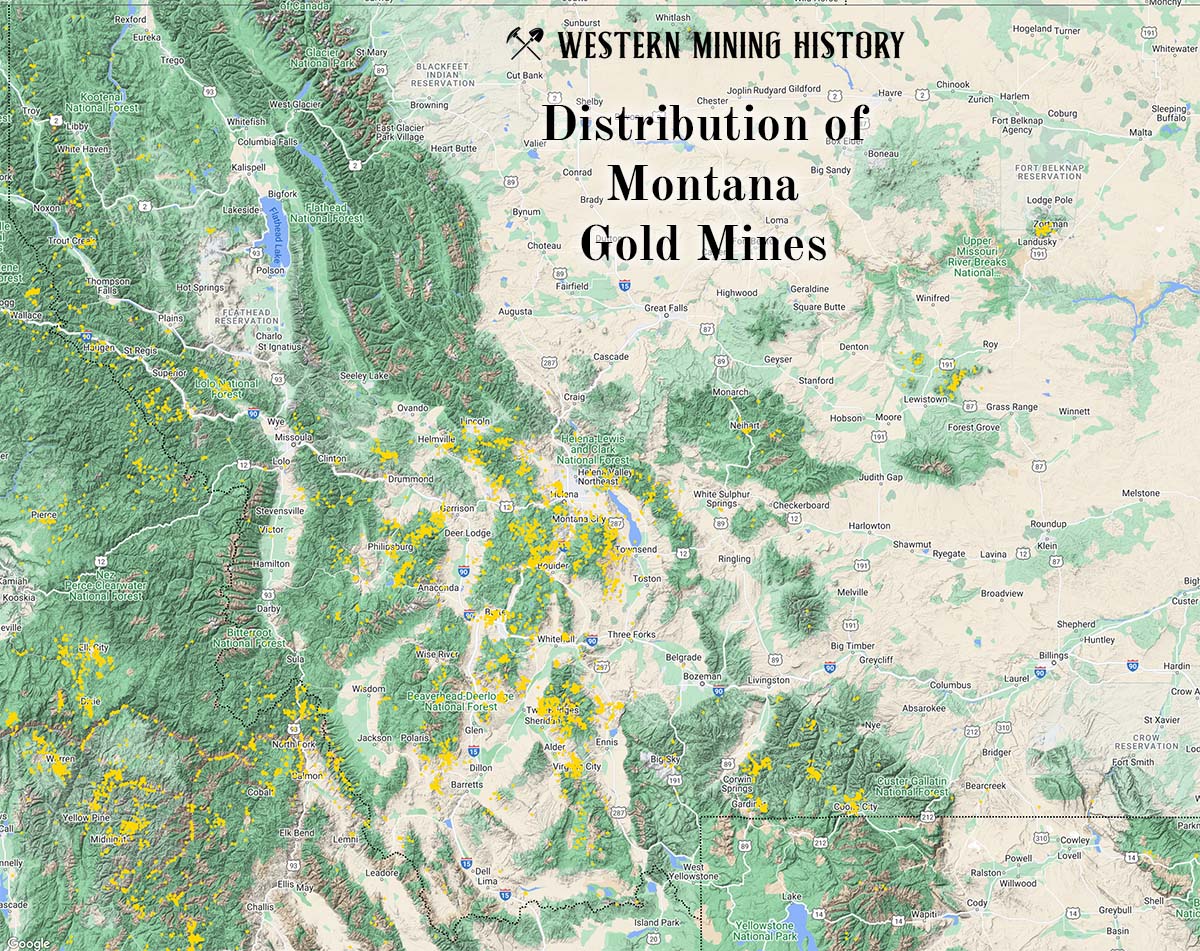
In 1852 gold was first discovered in Montana in gravels along Gold Creek in Powell County. The influx of prospectors, however, started with the discovery in 1862 of placers along Grasshopper Creek, near Bannack, in Beaverhead County. Other discoveries, both placer and lode, came in rapid succession.
In Montana, 54 mining districts distributed in 17 counties (most of which are in the southwest part of the state), each have produced more than 10,000 ounces of gold. Four districts – Butte, Helena, Marysville, and Virginia City – have produced more than 1 million ounces, and 27 other districts produced between 100,000 and 1 million ounces.
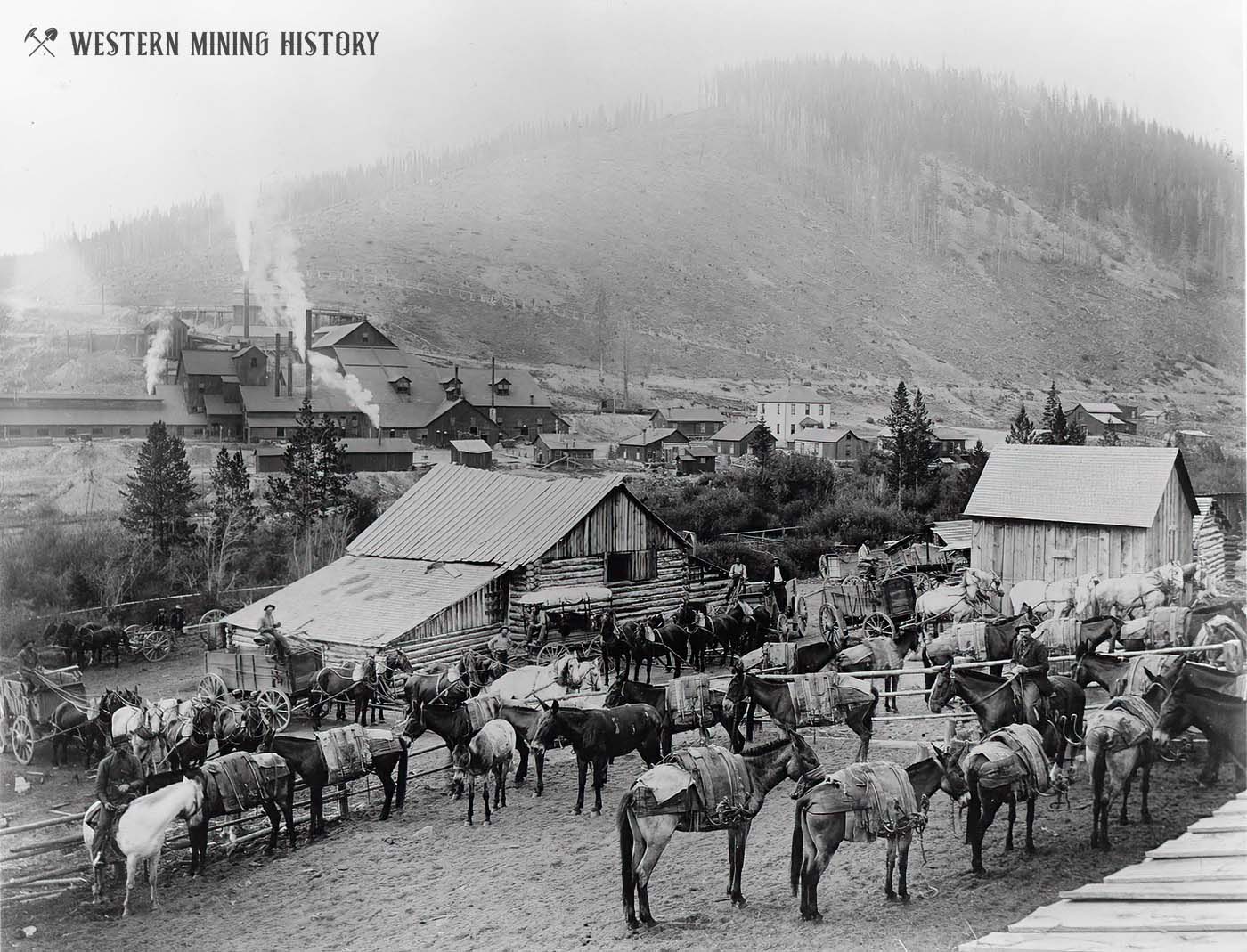
Montana produced almost 18 million ounces of gold from 1862 through 1965. Almost half of the states production was from placer mines, most of which occurred before 1870. The great copper mines of Butte produced much of the state’s gold after 1900.
6. Utah
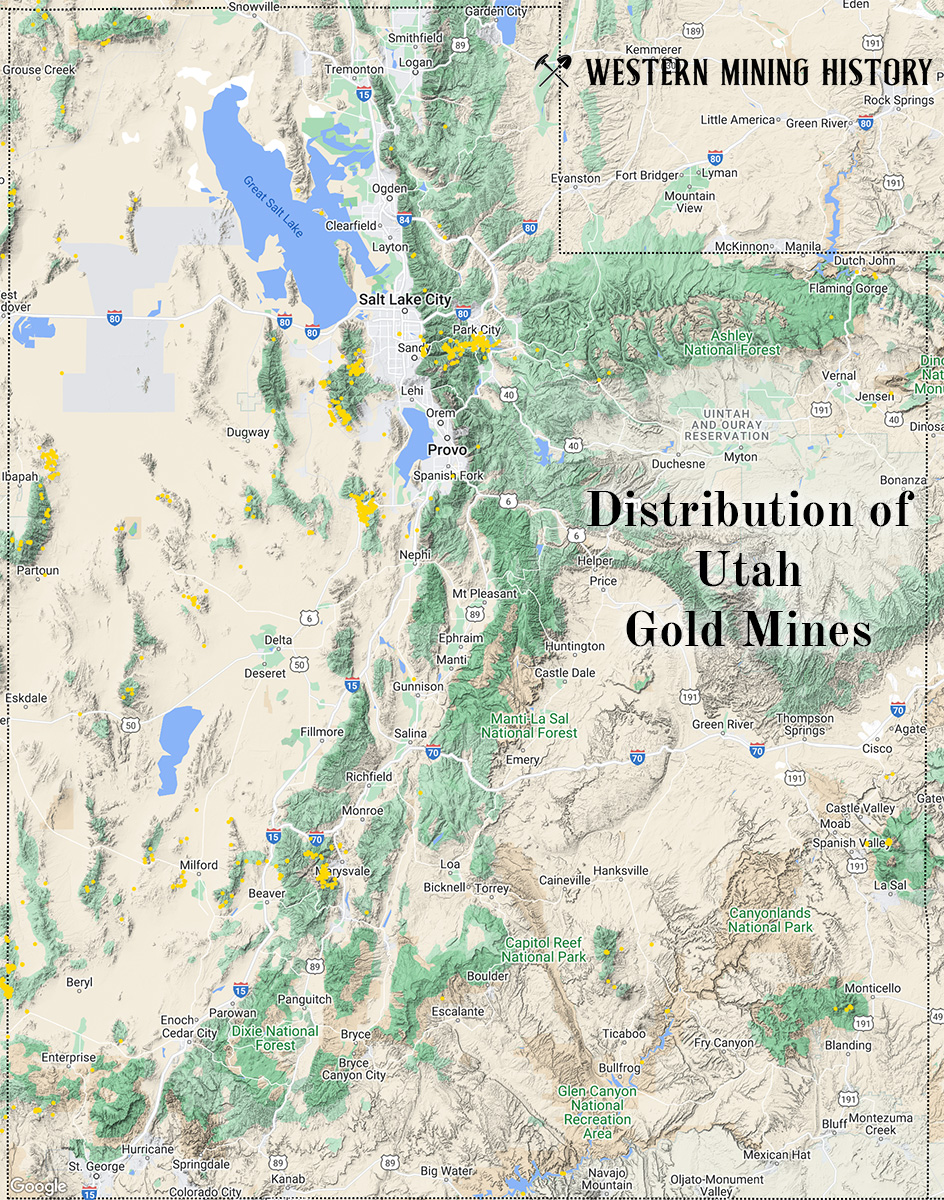
Most of the ore deposits in Utah are found in its western part – in the mountain ranges in and flanking the Great Basin. The most productive districts, principally the Bingham, Tintic, Camp Floyd, and Park City, are south and east of Salt Lake City
While gold districts scattered throughout the state, the bulk of historical production can be credited to the Bingham district where gold was first mined in placer operations, and later was a byproduct of Bingham’s spectacular copper mines.
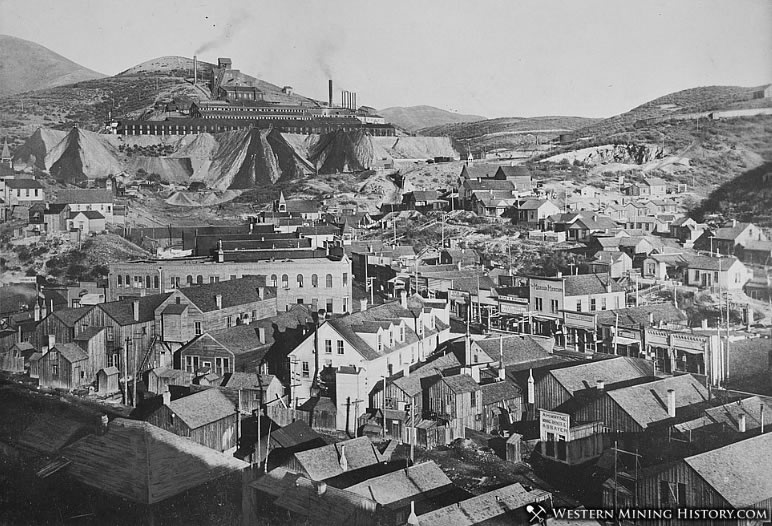
Through 1960 Utah produced about 17,765,000 ounces of gold and ranked sixth among the States in total gold production. However, the Bingham open-pit mine has continued to produce significant gold as a byproduct of copper production, and Utah has likely moved up at least a few spots on this list.
5. Nevada
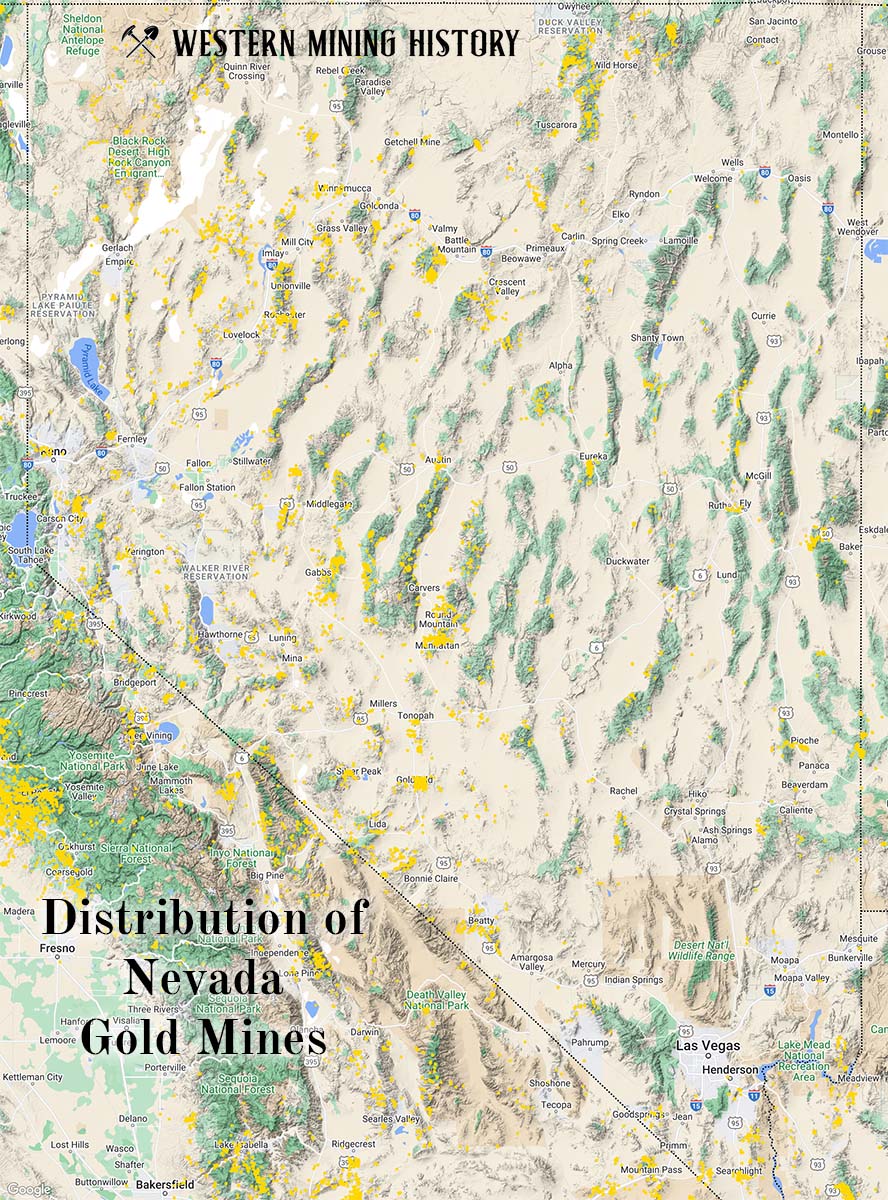
Mining began in Nevada in the early 1850’s, and 1859-79 was the boom era of the Comstock Lode and the Reese River districts. Mining, except in the Comstock Lode, declined steadily after 1880 until the discoveries of the silver ore deposits of Tonopah in 1900 and the bonanza gold deposits of Goldfield in 1902.
Nevada is known as the “Silver State” due to the enormous silver production that came out of the early bonanza mining centers, but in the decades since the 1965 USGS report was published, significant amounts of gold have been produced from the massive open-pit mines of the Carlin Trend.
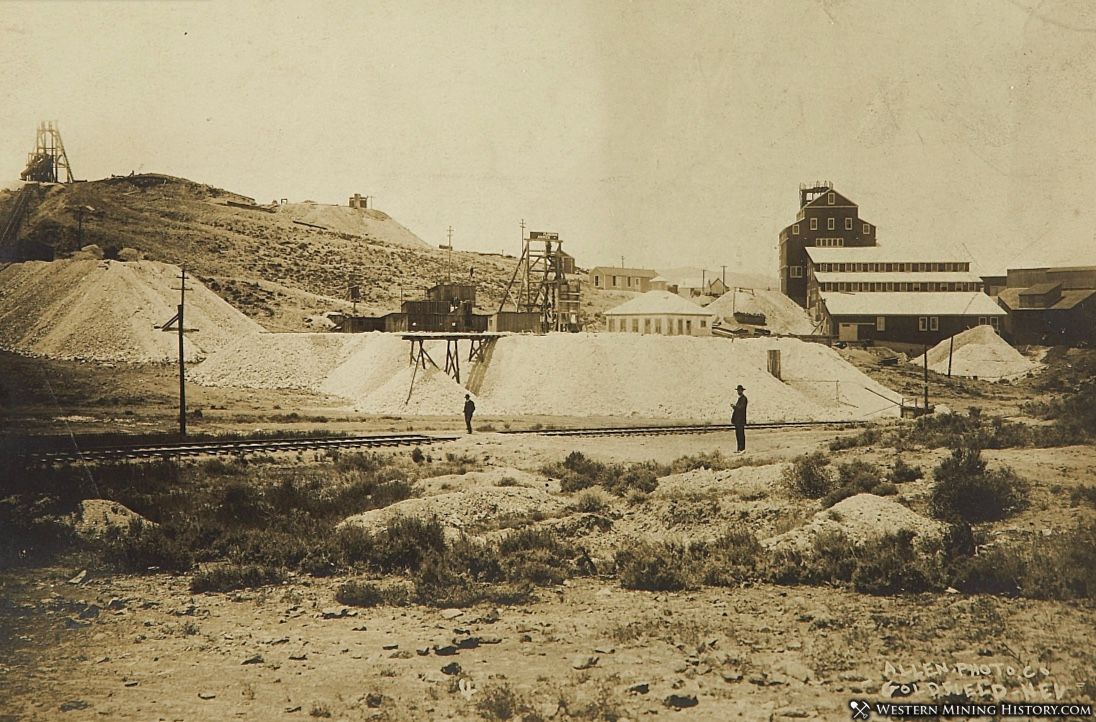
Nevada produced over 27 million ounces of gold between 1859 and 1965. However, production in recent decades has significantly increased Nevada’s total. If the statistics for this article were compiled today, Nevada would be the number one gold producer in America.
Related: Gold Districts of Nevada
4. Alaska
Alaska produced just under 30 million ounces of gold through 1965. More than half of this production was from placer operations in the Yukon and the Seward Peninsula near Nome. The Southwest part of the state around Juneau is where most of the state’s historical lode mining occurred.
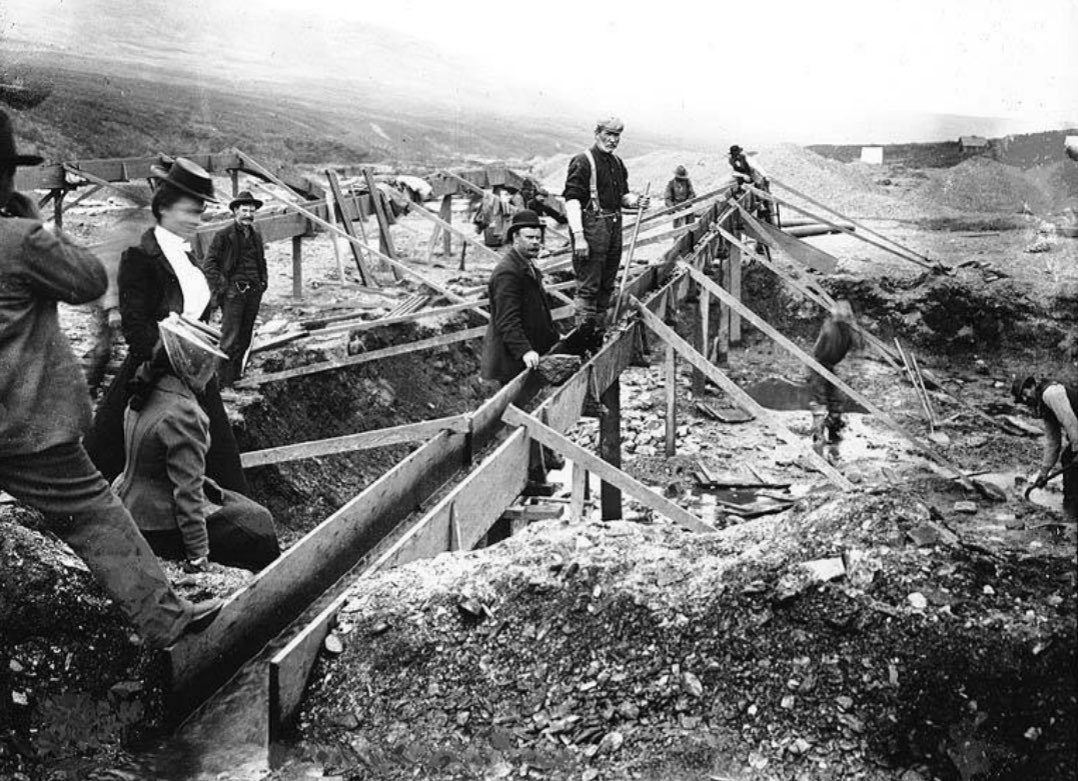
3. South Dakota
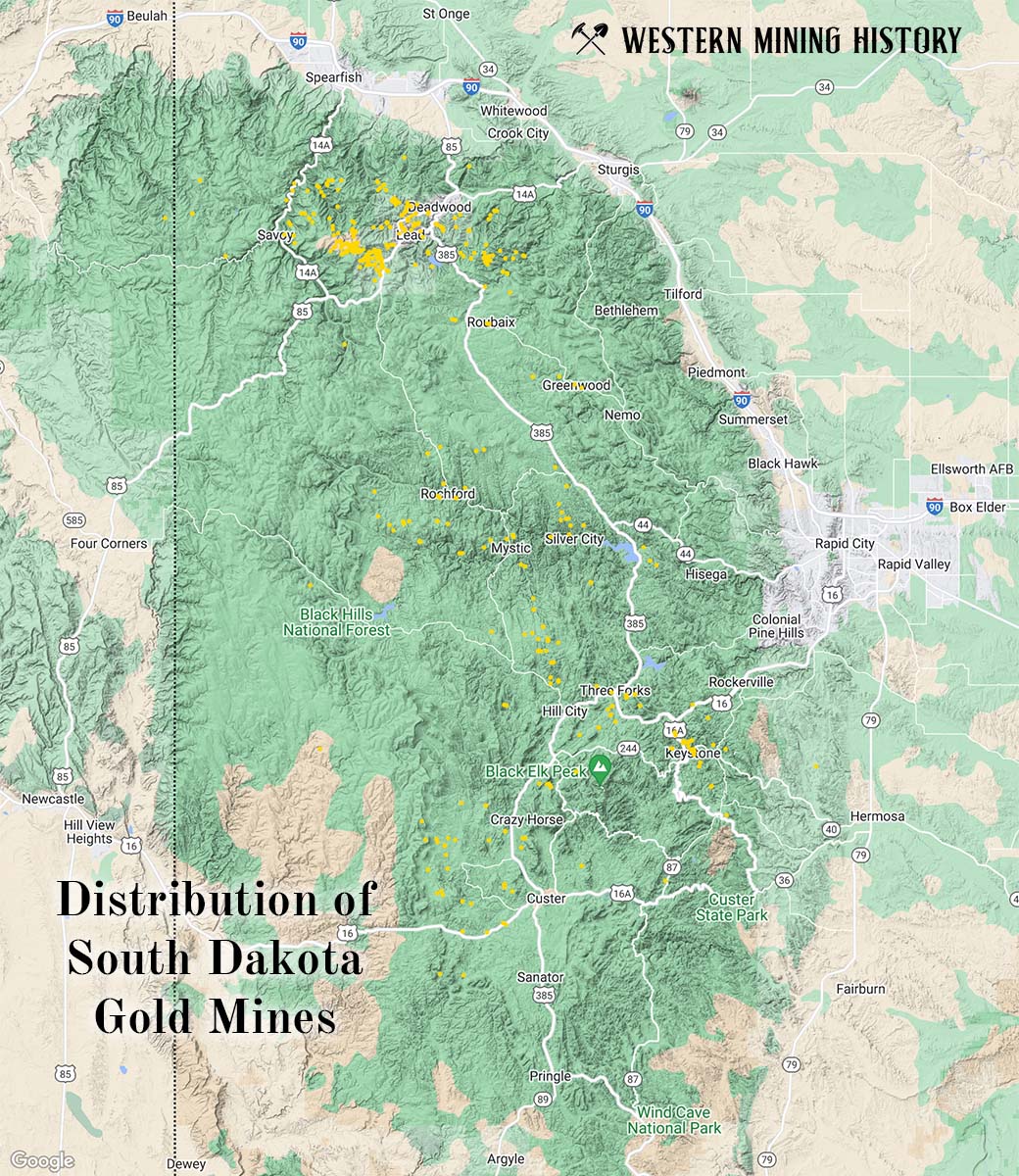
The first documented discovery was made in 1874, during General George A. Ouster’s expedition to reconnoiter the Black Hills. The actual discovery is credited to two miners named Ross and McKay, who were attached to the expedition and found gold in gravel bars along French Creek. News of this discovery attracted many prospectors to the area, even though the country then belonged to the Sioux Indians who were not enthusiastic to have their domain overrun.
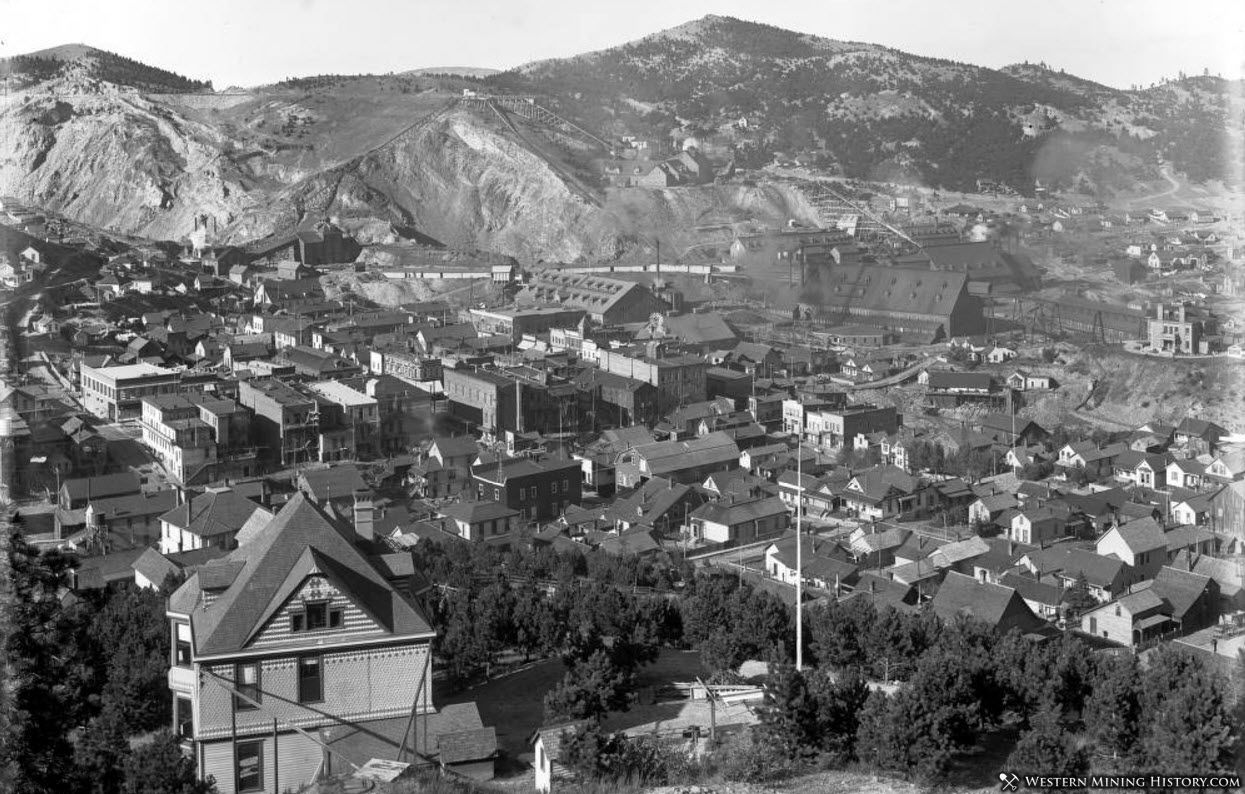
In 1876 the Black Hills were ceded to the United States, and prospectors flooded into the area and found gold in Deadwood Gulch and Rockerville. By 1880 from $6 to $8 million worth of placer gold had been mined, about half of which came from Deadwood Gulch.
South Dakota produced over 31 million ounces of Gold at the time this USGS report was made, however the Homestake mine continued to operate until 2002, and this one mine produced over 40 million ounces, so South Dakota’s total production is significantly higher than what was reported in 1965. The Homestake mine, located in Lead, was the longest operating and deepest mine in America.
2. Colorado
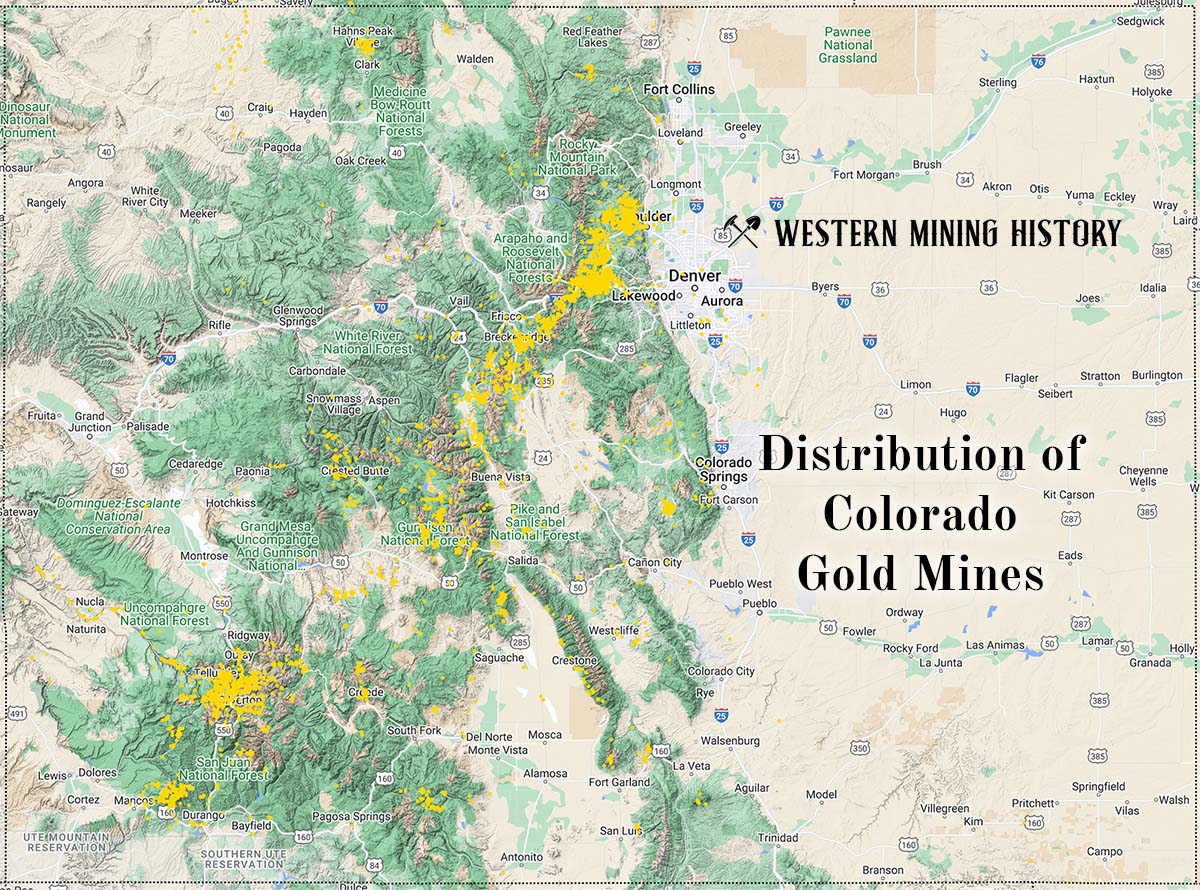
The first publicized discovery of gold in Colorado was in 1858. The immediate rush to the Denver area resulted in important placer finds near Idaho Springs and Central City. Prospectors ranging far up the Arkansas River valley found gold placers near Leadville as early as 1859.
Gold and other ore deposits are mostly in a northeast-trending belt, known as the Colorado mineral belt, in the mountainous western part of the State. From near Boulder on the northeast this belt extends southwest to the San Juan Mountains and beyond. The Cripple Creek district, the largest gold producer in Colorado, and several minor districts lie southeast of the mineral belt.
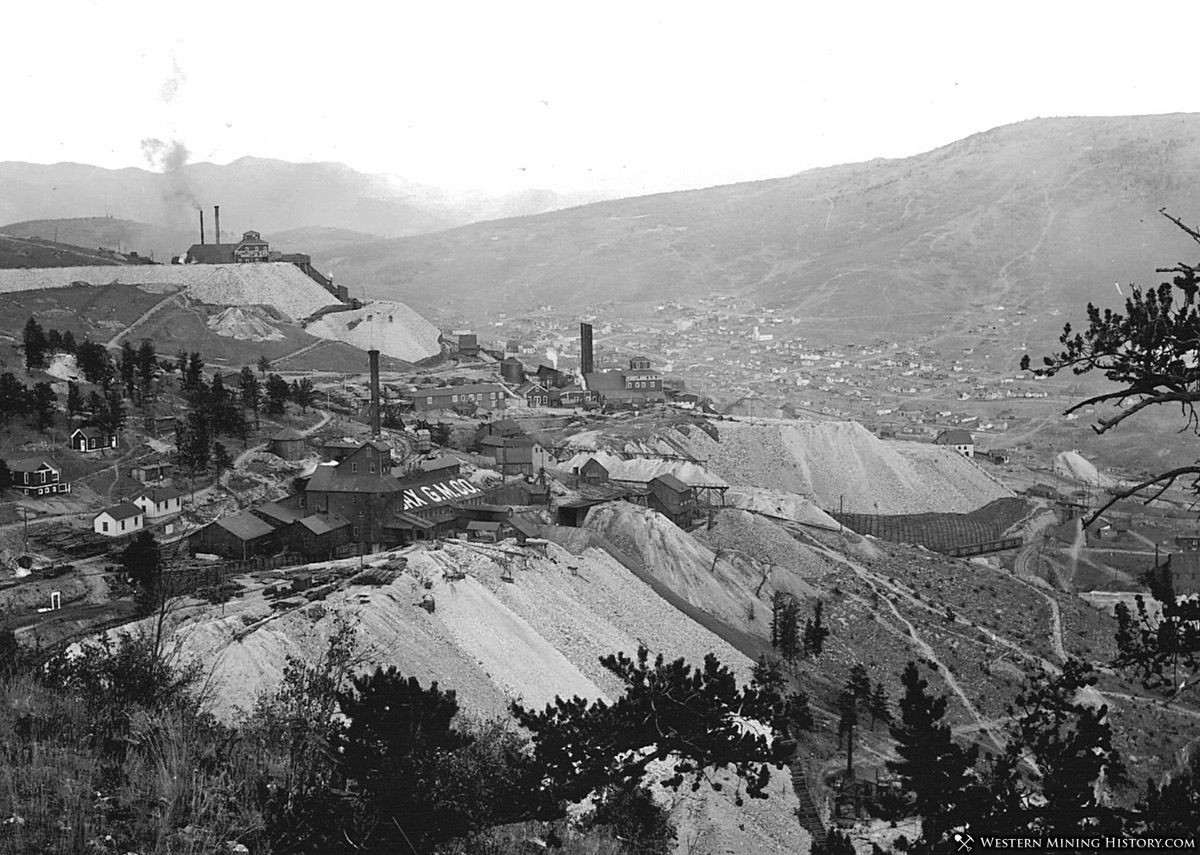
Colorado ranks second among the gold-producing States; its gold output through 1965 was about 40,776,000 ounces.
1. California
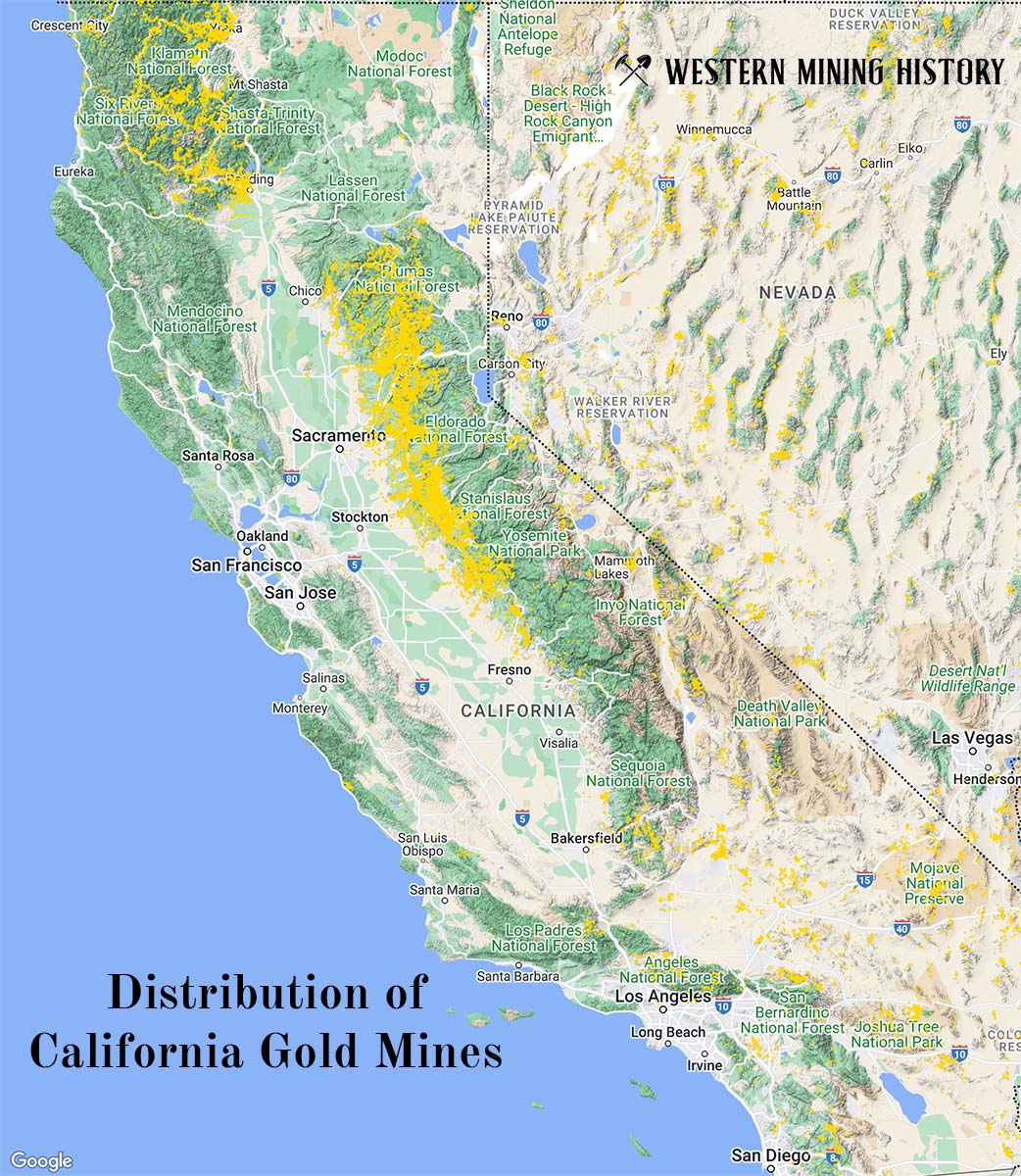
The well-known discovery in El Dorado County in 1848 sparked a series of gold rushes that indirectly led to colonization of the entire mountain West. The rich gold placers of California yielded phenomenal wealth in the early years, and as the placers were depleted, prospectors searched for and found the source of the placer gold – the high-grade gold-quartz veins of the Mother Lode and Grass Valley.
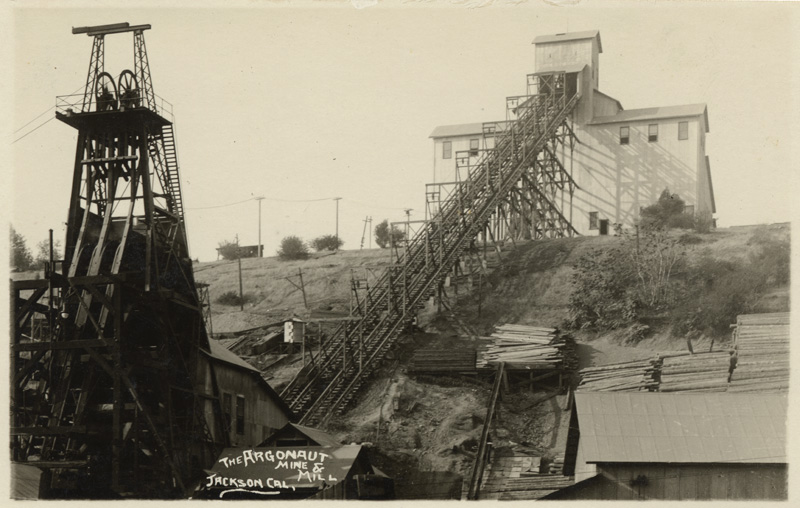
Others explored the forbidding mountain ranges of southern California and found productive lodes in the Cove, Rand, and Stedman districts. Placer mining was rejuvenated in the early 1900’s with the introduction of large bucket dredges. From the late 1930’s onward, dredging operations were responsible for a major part of California’s gold output.
California has produced more gold than any other State – more than 106 million ounces from 1848 through 1965.
Related: Where to Find Gold in California